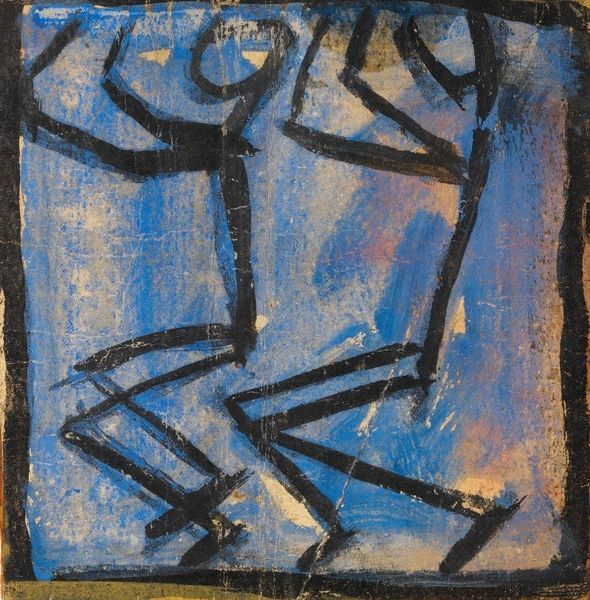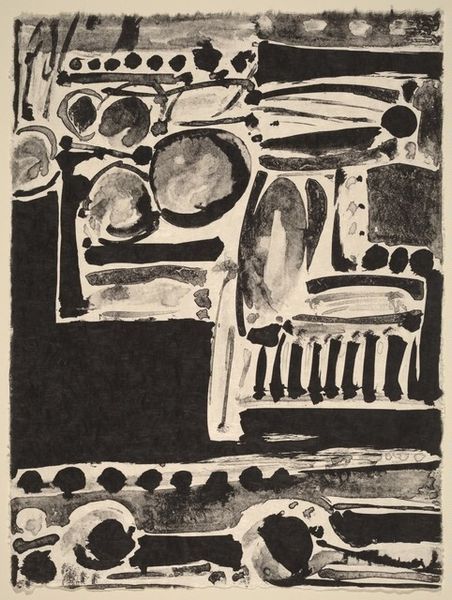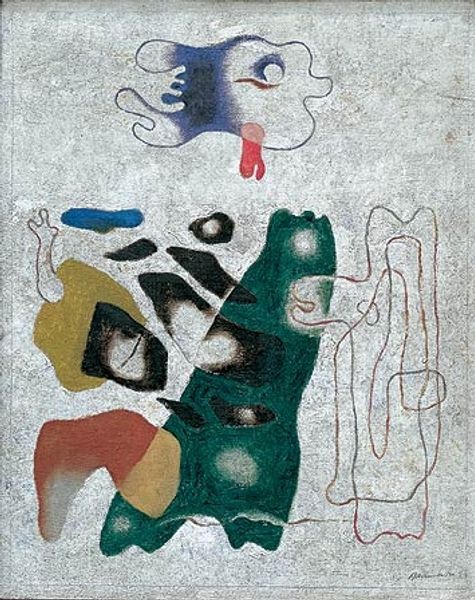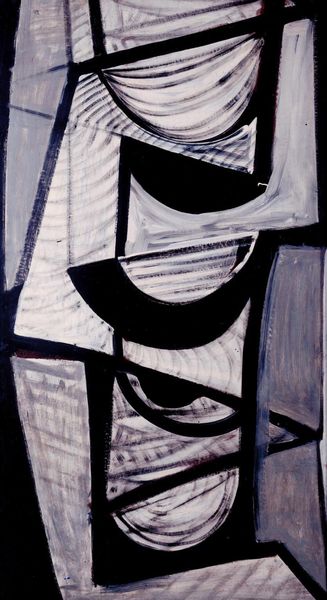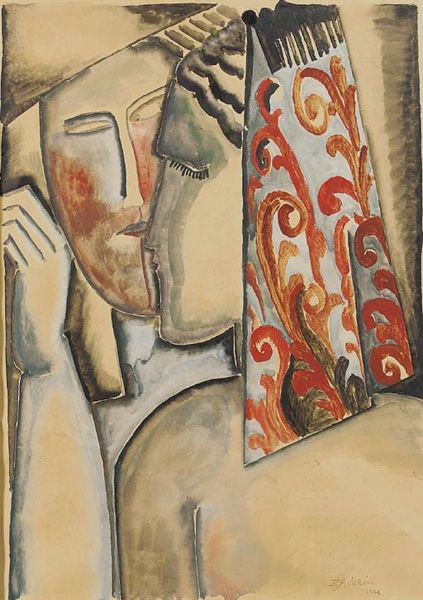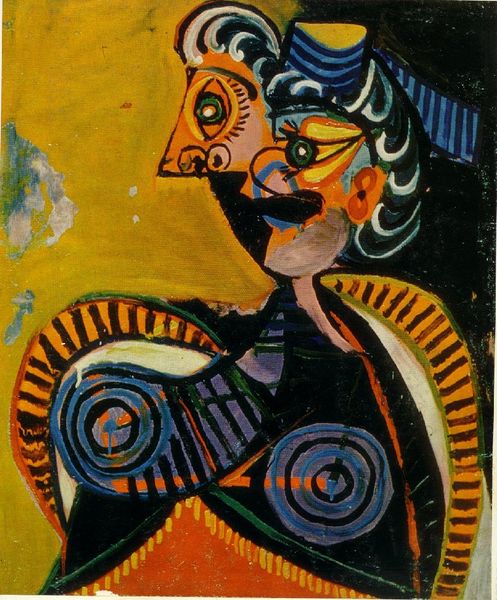
painting
#
abstract-expressionism
#
painting
#
figuration
#
abstraction
#
monochrome
Copyright: Yiannis Moralis,Fair Use
Editor: Here we have Yiannis Moralis's "Funeral Composition VII" from 1963, a painting rendered in monochrome. It has a rather stark and unsettling presence, almost like a faded memory. What do you make of it? Curator: The immediate starkness draws my attention, but it's Moralis's historical and social context that truly fascinates. In the post-war era, artists were grappling with trauma and loss. How might this abstract rendering of a funeral composition reflect Greece's socio-political atmosphere at the time? Is this an expression of national grief in an abstracted symbolic form? Editor: That's an interesting point. It definitely doesn't feel like a traditional representation of mourning. The geometric forms seem so detached. Curator: Precisely. It pushes us to consider how abstraction itself becomes a language for expressing collective experiences that are too painful or complex for direct representation. Think of how the museum shapes the perception. Displaying this work in a particular context frames its narrative, suggesting interpretations relating to historical trauma, identity, and even national resilience. Editor: So, the museum is actively involved in shaping our understanding of the artwork’s meaning, almost guiding our interpretation. Curator: Indeed. By exhibiting this in proximity to works of similar themes or from the same period, the museum reinforces the notion of shared experience and influences our understanding of Moralis' intent. Editor: I hadn't considered the power of the museum's influence to that extent. Thank you, that gives me a new perspective! Curator: My pleasure. It's a crucial point when understanding how art engages with the public sphere.
Comments
No comments
Be the first to comment and join the conversation on the ultimate creative platform.
